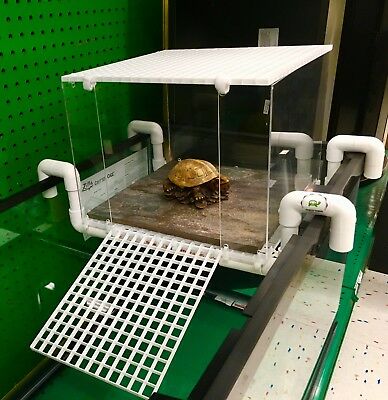MARCH 15, 2021 – The shoreline of Björnholm, our family’s retreat in northwest Wisconsin, presents an engineering challenge. After years of fighting the steep embankment in front of the cabin, Dad and Grandpa moved the dock and boatlift to more accessible terrain down the shore. Years later lake ice re-arranged that location. Over time, Dad devised a series of clever innovations. His re-designs, however, still required two adults with strong backs. Dock operations—spring installation and fall take-out—always involved ample chance to inflict serious injury on one or both of those backs, not to mention the heads attached to them, should a heavy load cause Dad or me to fall off the staircase leading to the dock zone past the boulders below.
At the Red Cabin, down the shore from the Björnholm dock, we have more favorable conditions. The terrain is lower, and though over time the spring ice-action has produced a large berm, a 12-foot-wide break a little to the side of the cabin allows for an easy spot for dock installation/take-out. With only minor adjustments, I adopted Dad’s design. For years, this set-up has served us well. With slight improvements to the pipes that support the dock (I used to drive them in with a sledge-hammer; now with auger points the pipes can be twisted into the lakebed), I’ve managed dock operations by myself.
Last year, however, I promised my back that over the winter season, I’d redesign the whole dock so that no single piece of it weighed more than an aging back could handle safely.
Now, the smarter observer (in this case, my spouse), might fairly ask, “Huh?! Why don’t you just buy a modern aluminum dock and hire someone to install and remove it?” My response is (fairly) complicated. In the first place, I’m a Nilssonsonson—meaning, as was the case with Dad and Grandpa, I can’t stand the thought of paying someone for what I could do myself and . . . I relish engineering challenges.
Since November, I’ve filled a notebook with scale drawings of various dock designs. Throughout the process I’ve held to four fixed criteria: 1. Simplicity; 2. Solidity; 3. Aesthetically pleasing; and 4. Use of materials on hand—pipes, lumber, and hangers that are part of the existing dock design.
As with other “home/cabin-based engineering projects,” I’ve discovered that if you wait, ponder, revisit, take the slow road, one aspect or another of the challenge will pass through multiple perspectives. The best “Eureka!” moments are rarely up front, which is why “design/build” should never be a hare’s race.
Dad savored the turtle’s pace, because invariably it led to the better result—in his case, always the perfect one, though being a perfectionist, he always saw room for improvement. As the evolution of my notebook drawings attests, I’m a turtle, not a hare.
Like dad, like son, except . . . when Dad told you about his “design/build” projects, he mistakenly thought you were a reviewer in the U.S. Patent Office. I limit myself to 500 words.
(Remember to subscribe to this blog and receive notifications of new posts by email.)
© 2021 by Eric Nilsson
